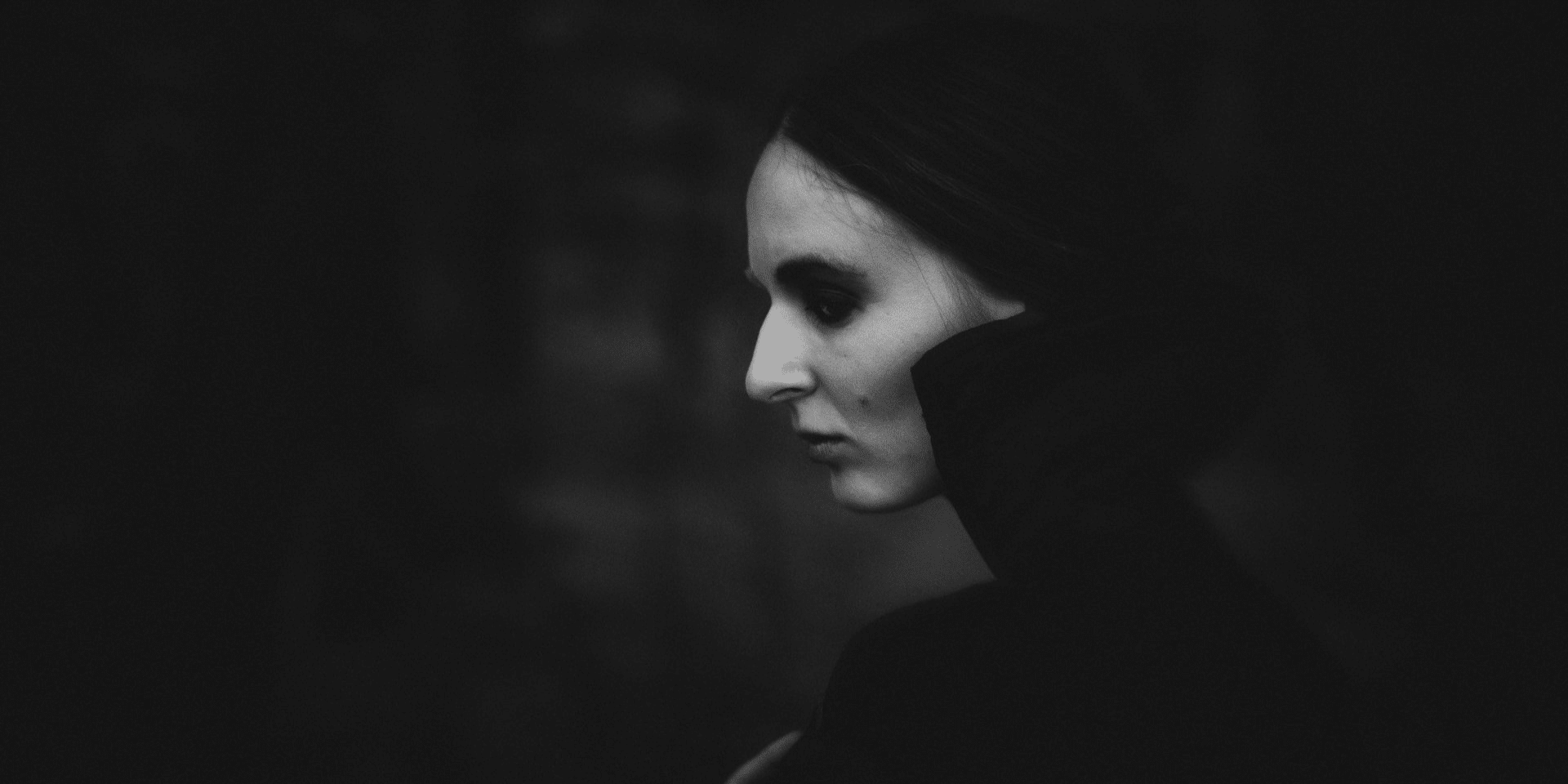The 1922 silent film Nosferatu, directed by F. W. Murnau, is often regarded as one of the most iconic and influential works in horror cinema. Despite its age, Nosferatu has experienced a resurgence in popularity, drawing in new audiences and continuing to inspire filmmakers, artists, and fans. Its influence on the vampire genre and modern horror is undeniable, and recent adaptations and reboots have brought this century-old masterpiece back into the limelight.
This article explores the factors behind the enduring and resurgent popularity of Nosferatu, focusing on its historical significance, impact on modern horror, cultural legacy, fan engagement, and the ongoing efforts to preserve and restore this cinematic classic.
Historical Significance
Nosferatu was released in 1922 during the silent film era, and it holds a special place in the annals of film history as one of the earliest—and most impactful—horror movies ever made. It is a loose adaptation of Bram Stoker’s Dracula, although the filmmakers did not obtain the rights to the novel, leading to changes in the story and character names. Count Orlok, played by Max Schreck, serves as the film’s central vampire figure, standing in as an eerie, nightmarish counterpart to the suave Count Dracula depicted in later films.
Silent Film Era Legacy
As a product of the German Expressionist movement, Nosferatu showcases a distinctive visual style that emphasizes mood, shadow, and atmosphere. The film’s eerie, haunting visuals and innovative use of lighting and set design have left a lasting mark on the horror genre. Its legacy as a pioneer in horror cinema and a cornerstone of the silent film era contributes to its ongoing appeal and its place as a classic in film history.
Cultural Impact of the 1922 Film
When Nosferatu was first released, it shocked and fascinated audiences with its dark themes and groundbreaking portrayal of the vampire mythos. Over the decades, it has become a cultural touchstone in the horror genre, influencing how vampires are depicted in media and cementing the vampire figure as a central horror archetype.
Impact on Vampire Tropes
Nosferatu contributed significantly to the development of vampire tropes that are still used in modern storytelling. From the vampire’s association with fear, death, and disease to its depiction as a creature of the night, the film helped shape the standard for how vampires are portrayed on screen. The film’s depiction of Count Orlok as a terrifying, monstrous being contrasts with the later romanticized depictions of vampires, making it a unique and enduring interpretation.
Influence on Modern Horror
The visual and thematic elements introduced by Nosferatu have influenced generations of filmmakers and artists. Directors like Guillermo del Toro and Tim Burton have cited the film as a major inspiration for their work, particularly in how it blends the macabre with visual artistry.
Influence on Filmmakers
Guillermo del Toro, known for his gothic horror films such as Pan’s Labyrinth and Crimson Peak, has often referred to Nosferatu as a seminal influence on his approach to horror. The film’s use of atmosphere, visual composition, and pacing to build tension rather than relying on shock value has been emulated in countless horror films since its release. Similarly, Tim Burton’s penchant for dark, gothic visuals and exaggerated character designs draws heavily from the visual style of Nosferatu.
Modern Adaptations and Reboots
The resurgent popularity of Nosferatu has been buoyed by recent adaptations and reboots. For example, filmmaker Robert Eggers, known for The Witch and The Lighthouse, has announced plans to direct a new adaptation of Nosferatu, further evidence of the film’s lasting appeal in modern cinema. These adaptations breathe new life into the original story while paying homage to its enduring influence.
Nostalgia and Classic Horror Aesthetic
There is a certain nostalgia attached to classic horror films like Nosferatu. For fans of the genre, the movie represents a return to the roots of cinematic horror, offering a glimpse into the early days of the genre before the advent of special effects and digital technology.
Nostalgic Appeal to Horror Fans
In an age of CGI-heavy blockbusters, Nosferatu offers a refreshing return to the basics of horror storytelling. Its reliance on mood, lighting, and simple practical effects creates an atmosphere that modern horror films often struggle to replicate. For many fans, revisiting Nosferatu is a way to experience the raw, unfiltered essence of horror as it was conceived in its earliest form.
Classic Horror Aesthetic
The film’s aesthetic—marked by its shadowy, dreamlike visuals—has become iconic in its own right. From the eerie silhouette of Count Orlok creeping up a staircase to the unnerving stillness of the film’s desolate settings, Nosferatu presents an aesthetic that continues to captivate audiences who appreciate the artistry behind classic horror cinema.
Critical Reception Over Time
When Nosferatu was first released, it garnered mixed reviews, largely because its unconventional narrative structure and dark themes were unfamiliar to audiences. However, over time, it has come to be recognized as a masterpiece of early cinema. The film is now widely celebrated for its innovative approach to horror and its influence on future films.
Evolving Critical Perception
Today, Nosferatu is viewed as an essential part of film history, with critics praising its contributions to both the horror genre and silent cinema. Film scholars often study the movie’s innovative use of cinematography and its role in shaping the visual language of horror. Its critical reappraisal over the years has solidified its place as one of the most important and influential films of all time.
Fan Engagement and Fandom
Nosferatu has cultivated a dedicated fanbase that continues to grow, particularly among horror enthusiasts and film historians. Fans celebrate the film through screenings, merchandise, and discussions, creating a vibrant community that keeps the movie alive nearly a century after its release.
Public Screenings and Events
Public screenings of Nosferatu, particularly around Halloween, have become popular events for horror fans. Many of these screenings are accompanied by live musical performances that reimagine the film’s score, adding a modern twist to the experience. These events offer fans a way to engage with the film in a communal setting, often rekindling their love for classic horror.
Preservation and Restoration of the Film
As a nearly 100-year-old film, Nosferatu has faced challenges related to preservation and restoration. However, thanks to the efforts of archivists and film preservationists, the movie has been restored multiple times, ensuring that it remains accessible to future generations.
Film Restoration Efforts
Over the years, Nosferatu has been meticulously restored using modern technology to repair and enhance damaged footage. These restoration efforts have helped bring the film to new audiences, preserving its legacy as a cornerstone of horror cinema.
The resurgent popularity of Nosferatu is a testament to the film’s lasting influence on both horror and cinema as a whole. From its historical significance and cultural impact to its continued presence in modern media, Nosferatu has proven to be an enduring masterpiece. Whether through new adaptations, public screenings, or fan engagement, this classic film continues to captivate audiences nearly 100 years after its original release.






